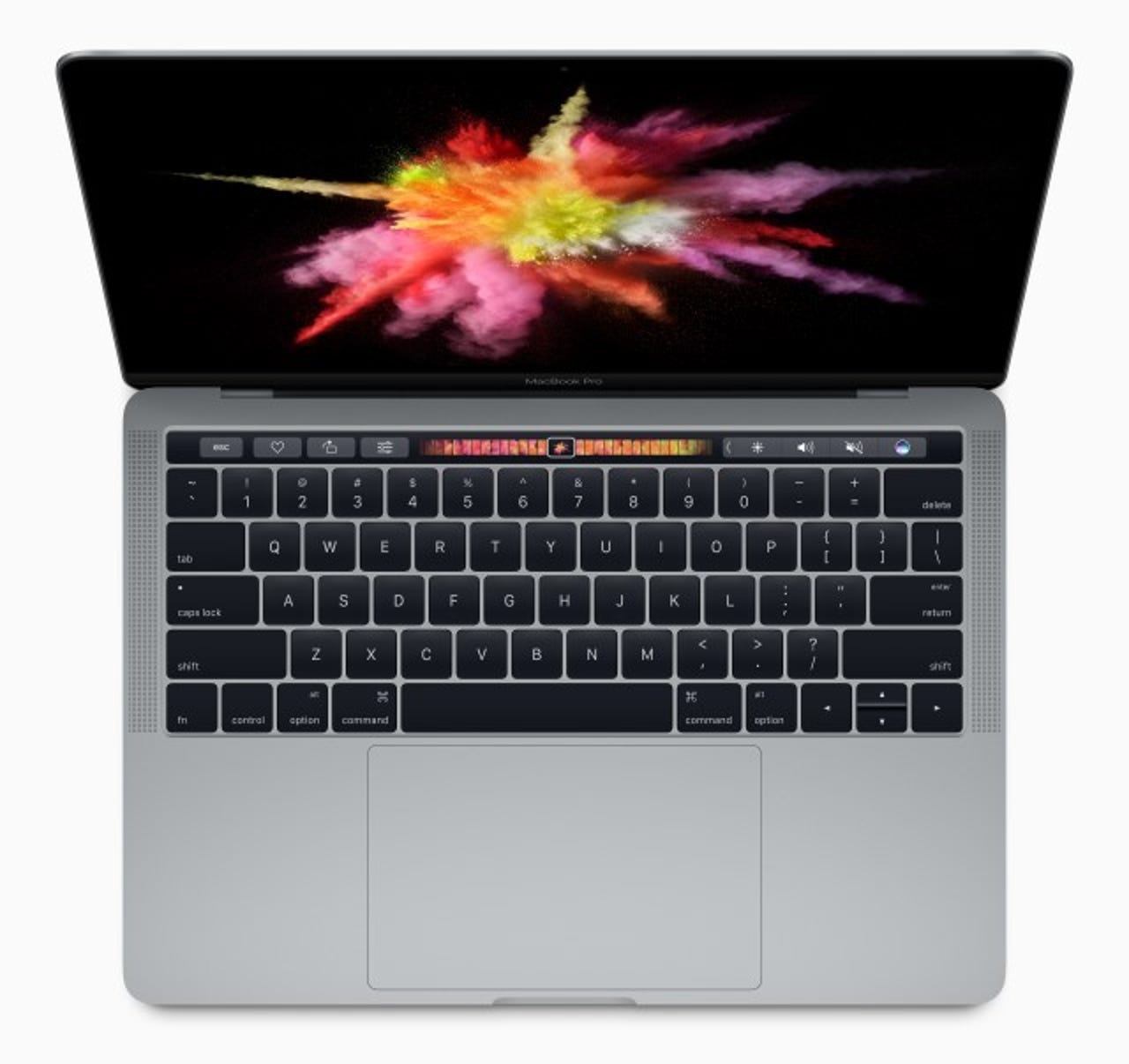Just how 'pro' are the new MacBook Pro and Surface Studio? Not very...


Apple's new MacBook Pro 15 with a TouchBar instead of function keys
We've known what "professional" computers have looked like for at least 40 years, and neither the new Apple MacBook Pro 15 nor Microsoft's Surface Studio fit the bill. Both products sacrifice performance, functionality and upgradability for appearance. This is not to say they can't be used for professional purposes. They can. However, both designs sacrifice things that are important, in the long run, for things that are not.
Apple's MacBook Pro 15 got a fairly-hostile reception from pro users because it's clearly a consumer-oriented laptop at a very high price. Yes, it's thinner and lighter than the model it replaces, but how many pro users really care? People who want a really portable computer have many other thinner, lighter and cheaper alternatives.
The things that would benefit real professionals include the ability to expand memory above 16GB, the option to swap out the SSD for something bigger, and ports that are actually compatible with the peripherals they already own. The MacBook Pro 15 offers none of those. In fact, you may have to be extra careful because if the motherboard dies, it looks as though it takes your data with it. (Please correct me if I'm wrong.)
Microsoft's Surface Studio is a more novel and much more attractive product for creative types such as illustrators, musicians, photo editors, designers and writers - including, obviously, current iMac/Wacom users. But while it's small and cute, it doesn't provide for the sort of upgrade path you got with a cheap Dell or HP tower system decades ago.
Of course, Microsoft gets off lightly because the Surface Studio is a new device with no existing market. There are no customers to upset, and people who don't like it have no reason to buy it. Dell, HP, Lenovo and dozens of other companies offer alternatives.
That's not the case with Apple's new MacBook Pro 15 or, indeed, the trashcan-style Mac Pro. There were millions of cheesegrater-style Mac Pros, and perhaps tens of millions of current MacBook Pro owners, who felt let down and - because Apple sells proprietary systems - have nowhere else to go. They can certainly get faster, cheaper PCs running Microsoft Windows 10 or Linux, but that would mean giving up macOS and all their hard-earned macOS skills.
The transition will be simpler for those who use cross-platform software such as Adobe Creative Suite and Microsoft Office. It will be much harder for those locked into Apple software such as Final Cut Pro X or Aperture. (You thought Aperture was dead? Apple included it in the MacBook Pro launch.) It may be a struggle for those locked into Macs by their iOS development workflows.
Last week's Apple press launch offered no promissory notes to unfortunate Mac Pro or even Mac Mini users. Both are stuck with outdated systems that have limited upgrade options. In particular, the Mac Pro hasn't had a real upgrade in three years, which is ridiculous for a professional system.
For professional users, time is money. In some cases, such as video editing and program compilation, time can be big money. These users want faster machines every six or 12 months, if possible. Pros with tower systems can add one or more new graphics cards, expand memory to 64GB or more, install faster SSDs and so on, without adding external clutter. They can even upgrade their CPUs and motherboards.
As someone who has never given up on towers, I can also testify that they run faster for longer. My previous tower lasted eight years and the current five-year old is just getting its "mid-life kicker".
It will be interesting to see if Apple abandons the Mac Pro's trashcan design and goes back to a tower. If it does, that will show that it's willing to put function over form. If it doesn't, it will be yet another indication that Apple doesn't really care about its pro users.
In a Daily Telegraph interview last year, Tim Cook wondered why anyone would buy a personal computer instead of an iPad Pro. He said: "Why would you buy a PC anymore? No really, why would you buy one?"
If the boss really doesn't understand why some users still want PCs, that must reduce the chance that Apple will offer PCs that meet their needs.